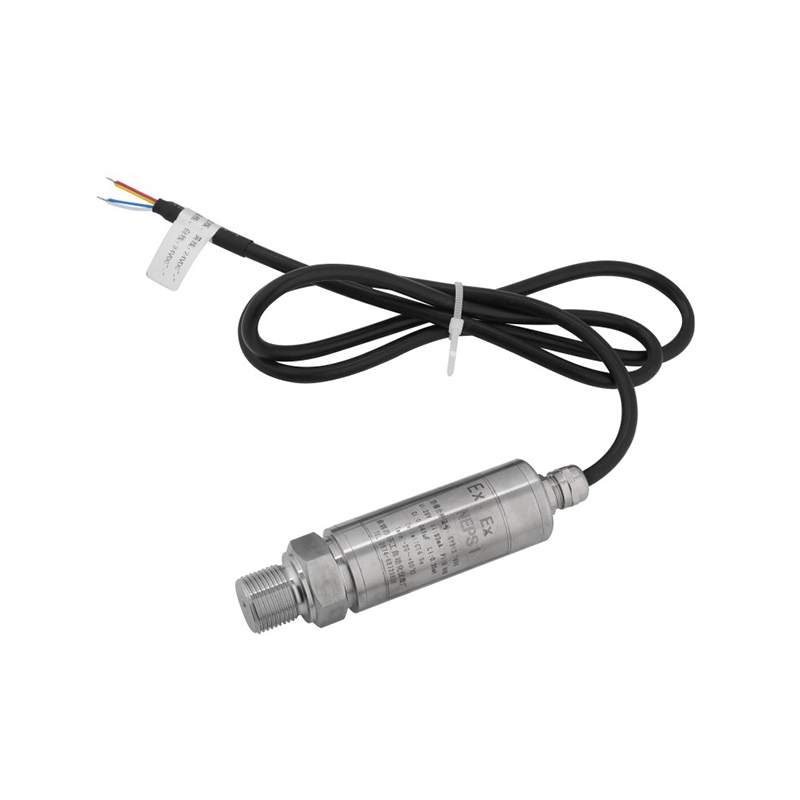Protecting differential pressure transmitters from corrosive or abrasive process media is crucial to ensure their longevity and accuracy. Here are several methods to achieve this protection:
Diaphragm Seals (Chemical Seals): Diaphragm seals isolate the pressure transmitter from direct contact with process media by using a flexible diaphragm made from materials resistant to corrosion and abrasion, such as PTFE or Tantalum. The diaphragm is filled with a transfer fluid (e.g., silicone oil or glycerin) that transmits the process pressure to the sensor. These seals protect the transmitter from harsh conditions, ensure measurement integrity, and facilitate maintenance by allowing for easier cleaning and replacement of the diaphragm without disturbing the transmitter. Diaphragm seals are particularly useful in applications involving highly corrosive chemicals, slurries, or media with particulate matter.
Coatings: Protective coatings provide an additional barrier to the underlying material of the transmitter's wetted parts. PTFE (Teflon) coatings are widely used for their sterling chemical resistance and non-stick properties, which prevent buildup and facilitate cleaning. Ceramic coatings offer ascendant hardness and abrasion resistance, making them ideal for applications with abrasive particles. The application of these coatings should be performed with precision to ensure uniform coverage and adhesion. Regular inspections are necessary to detect any wear or damage to the coatings and to reapply them as needed.
Purge Systems: Purge systems involve the continuous or intermittent flushing of the sensing lines with an inert or non-corrosive fluid, such as nitrogen or clean air. This prevents the process media from contacting the transmitter directly, thereby protecting it from corrosion and abrasion. Purge systems are essential in applications where media are prone to crystallization, polymerization, or deposition, which can block the sensing lines. The purge fluid must be compatible with both the process media and the transmitter to avoid contamination or interference with measurements. Proper design and maintenance of the purge system are critical to ensure effective operation.
Filtration: Installing filters or strainers upstream of the differential pressure transmitter helps remove particulates and abrasive substances from the process media. Filters with mesh sizes appropriate for the specific application can prevent damage to the transmitter's sensitive components. For highly abrasive media, consider using sintered metal filters or cyclone separators that can handle high particulate loads. Regular maintenance and replacement of filter elements are necessary to maintain filtration efficiency and prevent pressure drop or clogging, which could affect measurement accuracy.
Remote Mounting: Remote mounting involves positioning the differential pressure transmitter away from the harsh process environment using capillary tubes filled with an inert fluid. This setup allows the transmitter to be located in a more accessible and less aggressive location, reducing the risk of damage from corrosive or abrasive media. The capillary tubes transmit the pressure from the process to the transmitter accurately. Proper selection of capillary tube materials and fluids is crucial to ensure compatibility with the process conditions and to maintain measurement accuracy. Regular inspection and maintenance of the capillary tubes are necessary to ensure they remain free of leaks and blockages.
PB8400 intrinsically safe explosion-proof type


































































 English
English русский
русский














